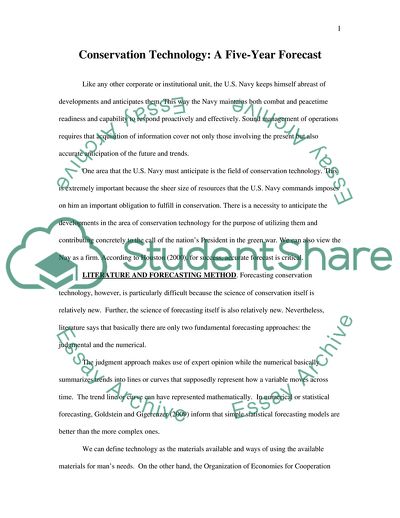Cite this document
(Conservation Technology: A Five-Year Forecast Case Study, n.d.)
Conservation Technology: A Five-Year Forecast Case Study. https://studentshare.org/technology/1725096-conservation-technology-a-5-year-forecast
Conservation Technology: A Five-Year Forecast Case Study. https://studentshare.org/technology/1725096-conservation-technology-a-5-year-forecast
(Conservation Technology: A Five-Year Forecast Case Study)
Conservation Technology: A Five-Year Forecast Case Study. https://studentshare.org/technology/1725096-conservation-technology-a-5-year-forecast.
Conservation Technology: A Five-Year Forecast Case Study. https://studentshare.org/technology/1725096-conservation-technology-a-5-year-forecast.
“Conservation Technology: A Five-Year Forecast Case Study”. https://studentshare.org/technology/1725096-conservation-technology-a-5-year-forecast.


